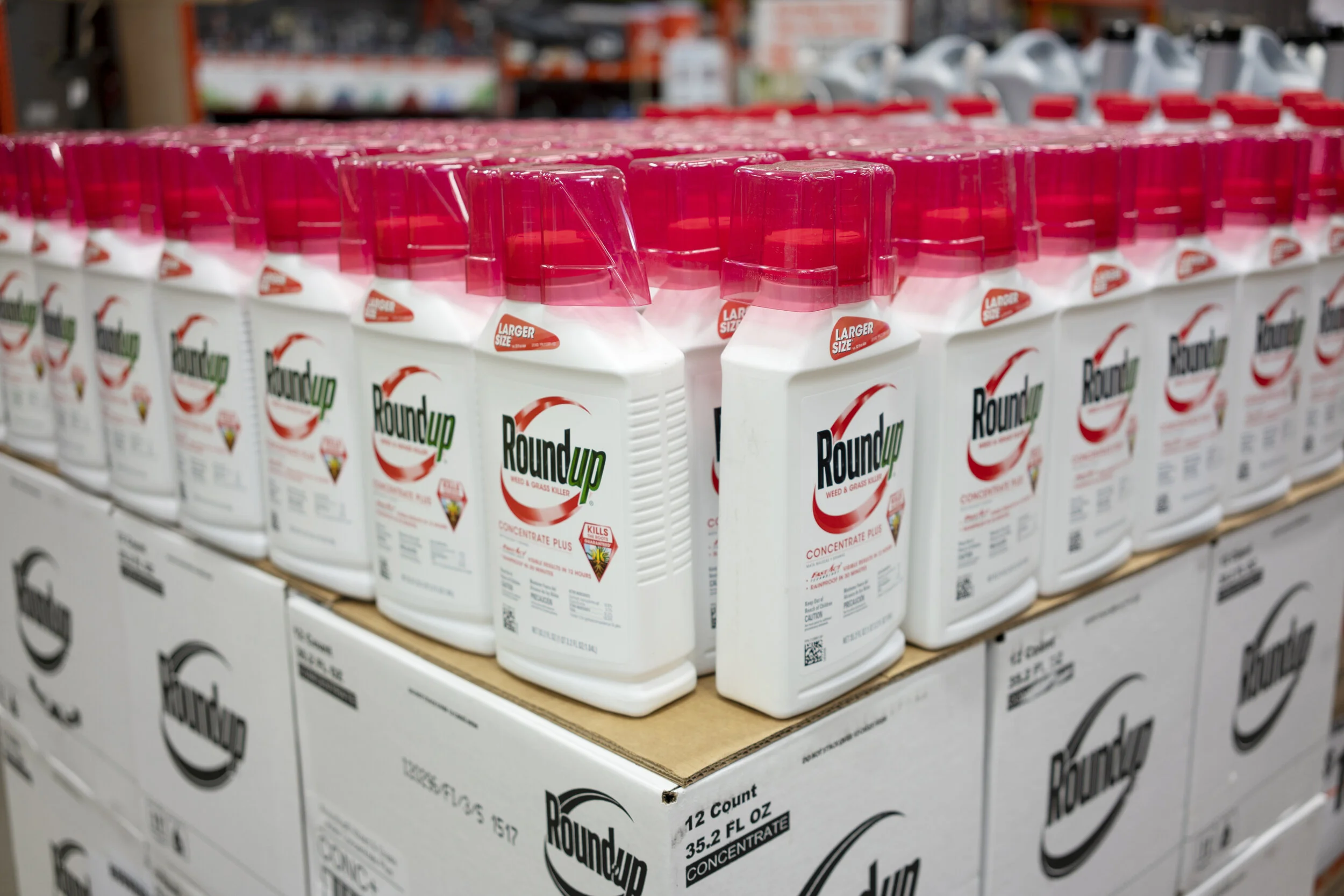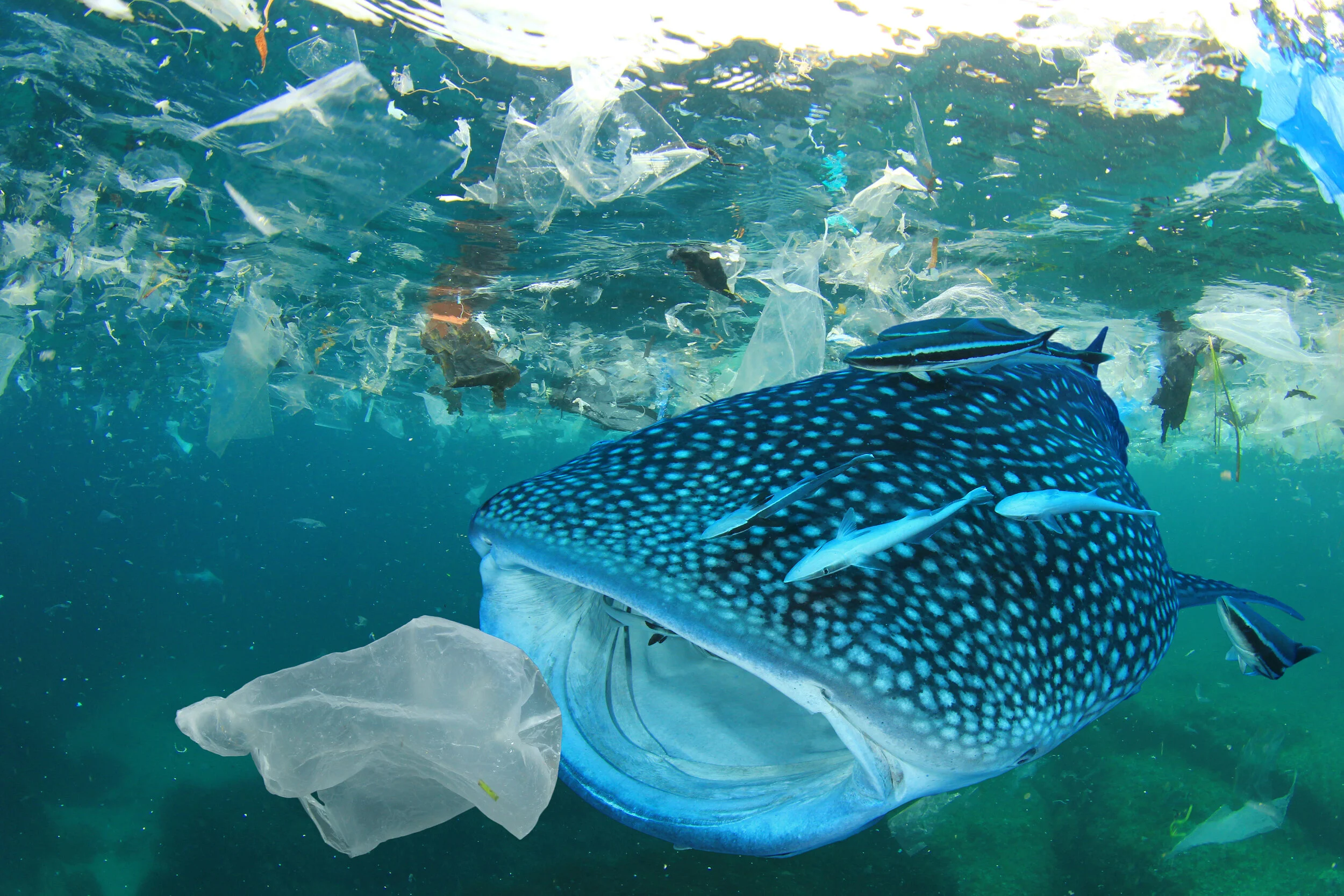BEE & Pollinator
Protection
As You Sow advocates for companies to adopt best-practices that protect pollinators. Cross-pollination helps at least 30% of the world’s crops and 90% of wild plants to thrive.
Pollinators, especially bees, are rapidly disappearing in Europe and North America, a loss that threatens food security and entire ecosystems. Scientists regard the overuse and misuse of pesticides as one of the main factors contributing to the decline of pollinators, along with global warming, parasites, and habitat loss.
BACKGROUND
To reproduce, many plants require the help of another organism (called a pollinator). Thirty percent of the world’s crops and 90% of wild plants reproduce with the help of pollinators. Pollinators include honey bees, bumblebees, a variety of flies, butterflies, moths, and beetles. Some plants are also pollinated by birds, bats, or other mammals.
Since 2006, researchers estimate that nearly one-third of all honey bee colonies in the US have vanished. This crisis, called Colony Collapse Disorder, threatens the stability of the global food system.
Neonicotinoids (“neonics”) are a class of insecticide linked to pollinator decline and other negative impacts to soil and water (according to the U.S. Geological Survey and the International Union for Conservation of Nature). The overuse and misuse of neonics is regarded as one of the main factors contributing to bee colony collapse, along with global warming, parasites, and habitat loss.
Over the past decade, neonics have become one of the most widely-used insecticides, accounting for roughly 25% of the global agrochemical market. The prevalence of this insecticide in agriculture, compounded by its ability to persist in soils and become mobile in waterways, further magnifies risks.
In December 2013, the European Union enacted a two-year ban on three neonic products. Unfortunately, U.S. regulators have not acted as rapidly, despite the critical nature of the problem. In June 2014, President Obama established a Pollinator Health Task Force charged with “understanding, preventing and recovering from pollinator losses.” In July 2014, the United States Fish and Wildlife Service announced plans to restrict neonic use across the Wildlife Refuge System. In the meantime, companies can play a significant role in reducing the impacts of these pollinator disruptors.
A few companies have begun to take action to protect pollinator health:
Whole Foods’ Responsibly Grown Rating System will limit “best” ratings to those suppliers that prohibit the use of four neonics.
Home Depot is working with suppliers to phase out neonics on live plants.
Lowe’s will phase out neonics as suitable alternatives become available.











